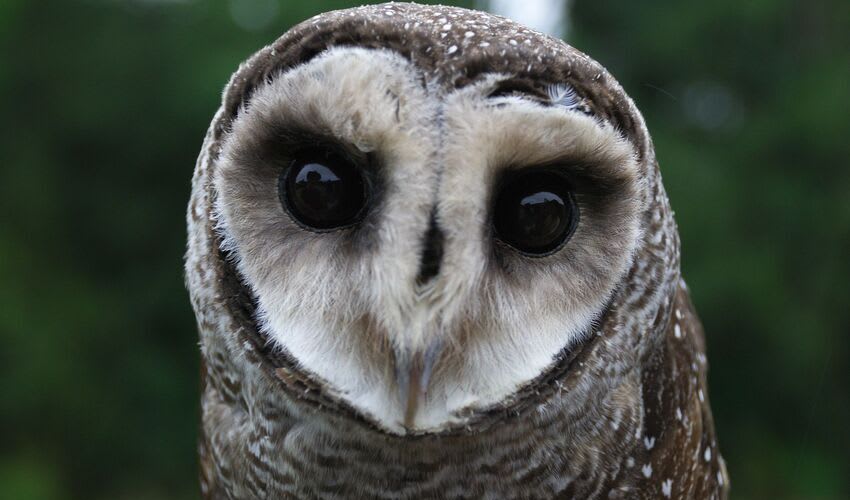Tytonidae – Barn-owls
Fly so silently, that even the most powerful microphones can’t record their flight
This family is separate from the Strigidae, or true owls, and can be found in a variety of habitats, including forests, grasslands, deserts, and urban areas, in both temperate and tropical regions around the world.
Tytonidae owls are easily recognized by their heart-shaped or angular facial discs, which serve a crucial role in their nocturnal hunting. These facial discs function as parabolic reflectors, channeling sound to their asymmetrically placed ear openings, providing them with exceptional hearing. This adaptation allows them to accurately locate prey in complete darkness, making them highly effective nocturnal hunters.
With elongated legs and powerful talons, Tytonidae owls are adept at swooping down to snatch prey from the ground mid-flight. Their legs are longer than those of Strigidae owls, giving them an advantage when hunting in tall grasses or underbrush.
These owls are strictly carnivorous, preying on a variety of animals, including rodents, insects, and small birds. They have a unique method of consumption, swallowing their prey whole when possible. The indigestible parts of their meals, such as fur, feathers, and bones, are later regurgitated as compact pellets. The analysis of these pellets provides valuable information about their diet and the health of the ecosystem they inhabit.
Unlike the hooting vocalizations associated with true owls, members of Tytonidae communicate using a repertoire of screeches, shrieks, and whistles. These sounds can be quite eerie and are often more variable and complex than those of true owls.
Barn owls, in particular, are one of the most widely distributed birds globally, and their presence in agricultural areas can be beneficial to humans by controlling rodent populations. However, they also face challenges such as habitat loss, pesticide poisoning, and collisions with vehicles and structures.
Genera in this family
This genus has the most widely distributed owl species in the world


